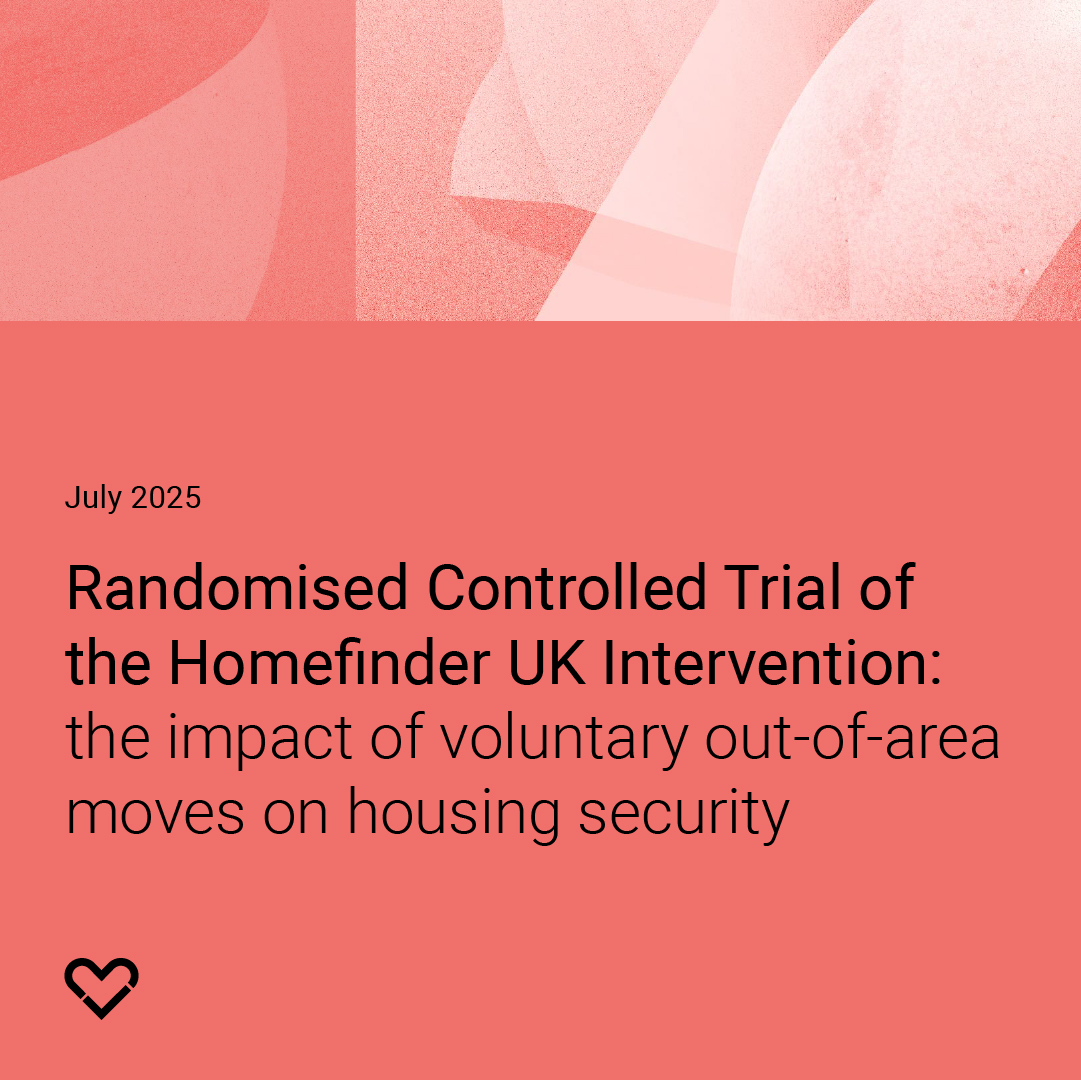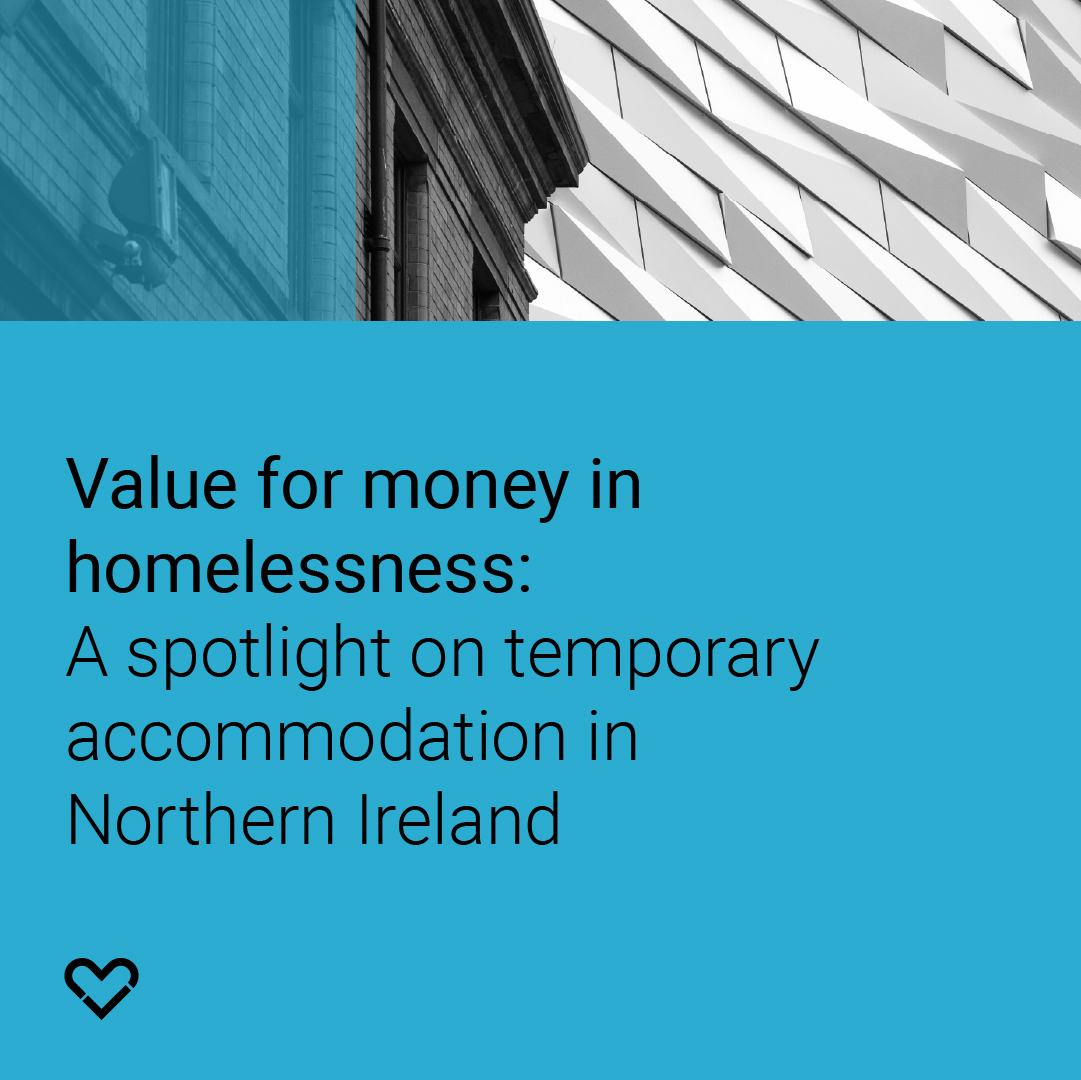European Journal of Homelessness: How do Health Inequalities Intersect with Housing and Homelessness?
Outline of the study
This research examines the complex relationships between housing conditions, health outcomes, and social inequalities, focusing on how poor housing drives health disparities across different population groups. The study draws on UK evidence to demonstrate how housing affordability, quality, and security directly impact on physical and mental health throughout people's lives. The analysis reveals that housing problems are not equally distributed, with certain groups facing disproportionate housing challenges that create lasting health inequalities from before birth through to old age.
Findings in brief
- One third (7.5m) of English households experience overcrowding, affordability problems, or non-decent housing conditions.
- Overcrowding affects 17.1% of the EU population, 9% face affordability problems and 7% are unable to keep their homes adequately warm
- Low-income households face severe housing cost burdens: 21% of people in the lowest income quintile spend more than a third of their income on housing, compared to only 3% of those in the highest income quintile
- Housing problems affect health through three key mechanisms: affordability pressures, poor physical conditions, and lack of security/stability
- The mean age of death of people experiencing homelessness is 30 years younger than the general population in England and Wales
- The impacts of poor housing begin before birth: homelessness and temporary accommodation during pregnancy increase risks of premature birth, low birth weight, and developmental delays in children
- Growing up in poor housing conditions significantly raises the likelihood of severe illness and disability during childhood and early adulthood by up to 25%
- Children living in temporary accommodation for over a year are three times more likely to experience anxiety and depression
- Ethnic minority households experience more housing problems: just under half experience housing problems, compared to just under a third of White ethnicity households
- Minority ethnic households are more than twice as likely to experience two or more housing problems simultaneously
- COVID-19 exposed health inequalities due to poor housing conditions. Overcrowding, which is more common among low-income households, contributed to virus spread and made self-isolation difficult.
Recommendations in brief:
- Adopt a systems approach, to understand and address the , interrelated and structural factors which cause housing and health inequalities
- Carry out systems mapping with all relevant stakeholders and people with lived experience, to understand how different factors interact
- Prioritise prevention approaches that address housing problems before they create long-term health impacts, particularly for children and families
- Develop integrated housing and health policies that recognise housing as a key determinant of health and seek to coordinate action across government departments
- Ensure equity focus, by ensuring interventions specifically address disproportionate housing challenges faced by low-income households and people from ethnic minority communities
- Use systems approaches to understand contextual factors, intended and unintended consequences of housing interventions and to strengthen monitoring and evaluation
- Improve data collection to better understand which population groups are most affected by housing and health inequalities and track progress in reducing disparities
- Build partnerships between housing providers, health services, local authorities, and community organisations to address housing and health issues
- Learn from experiences of COVID-19 about how housing inequalities amplify health crises and build this knowledge into future emergency preparedness.
No items found.





.jpg)

